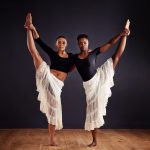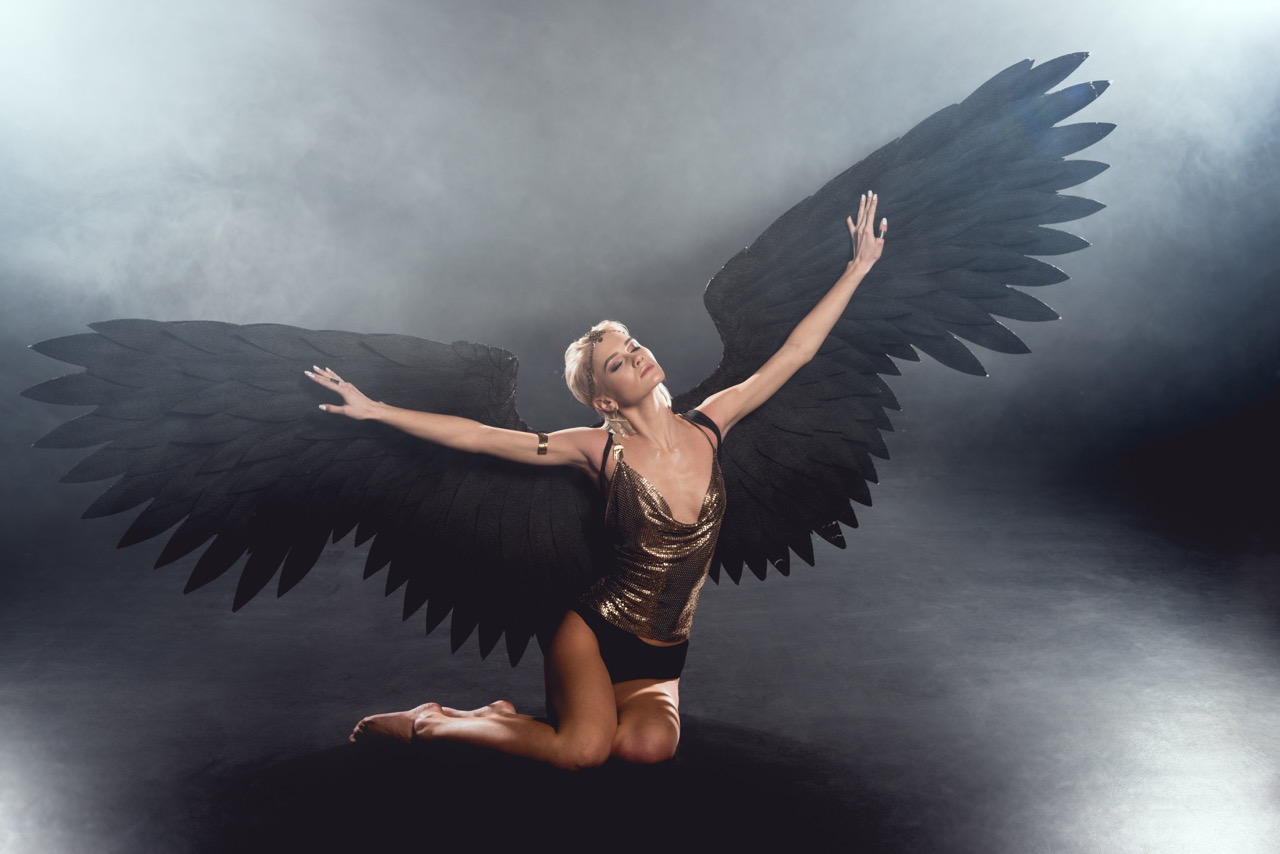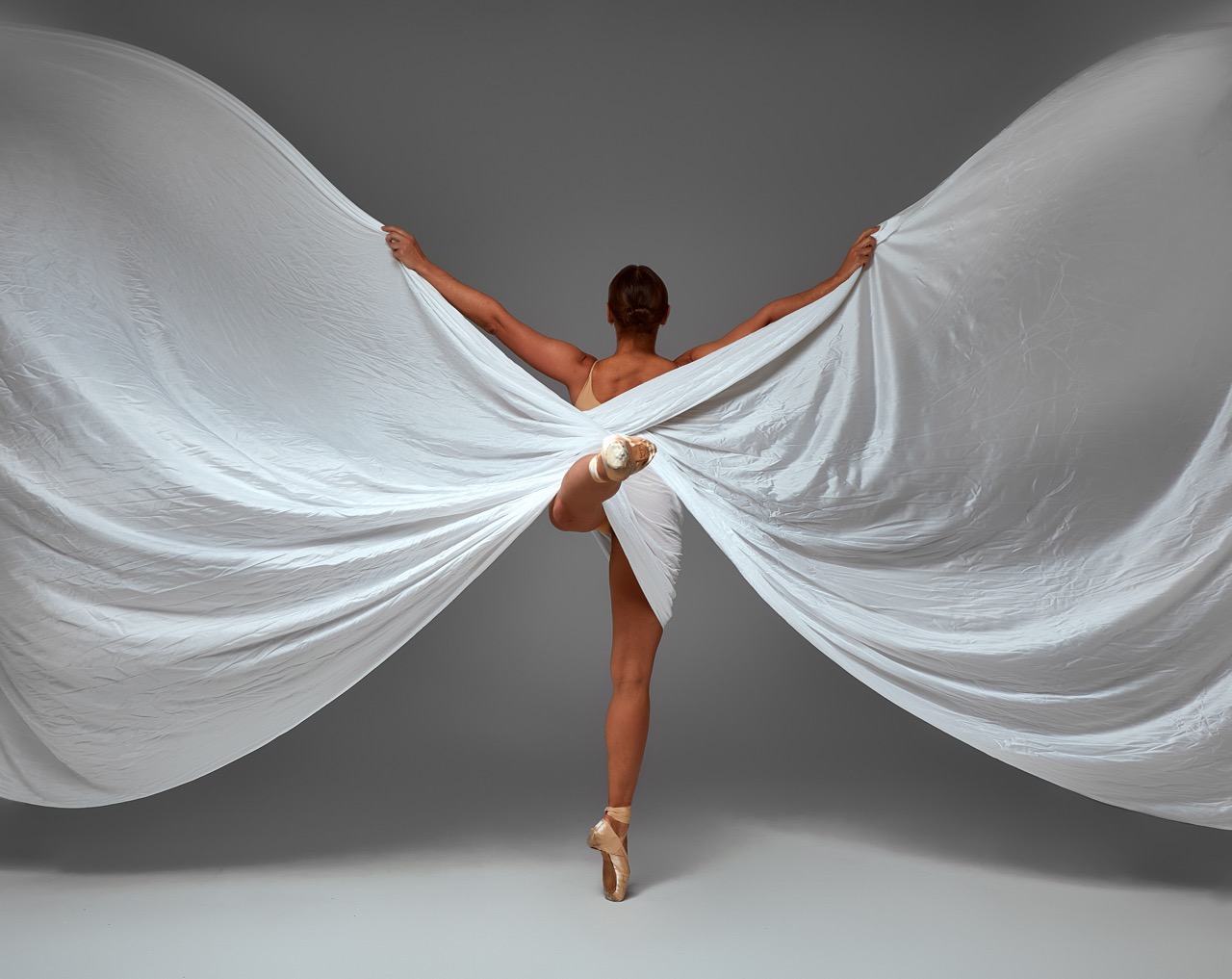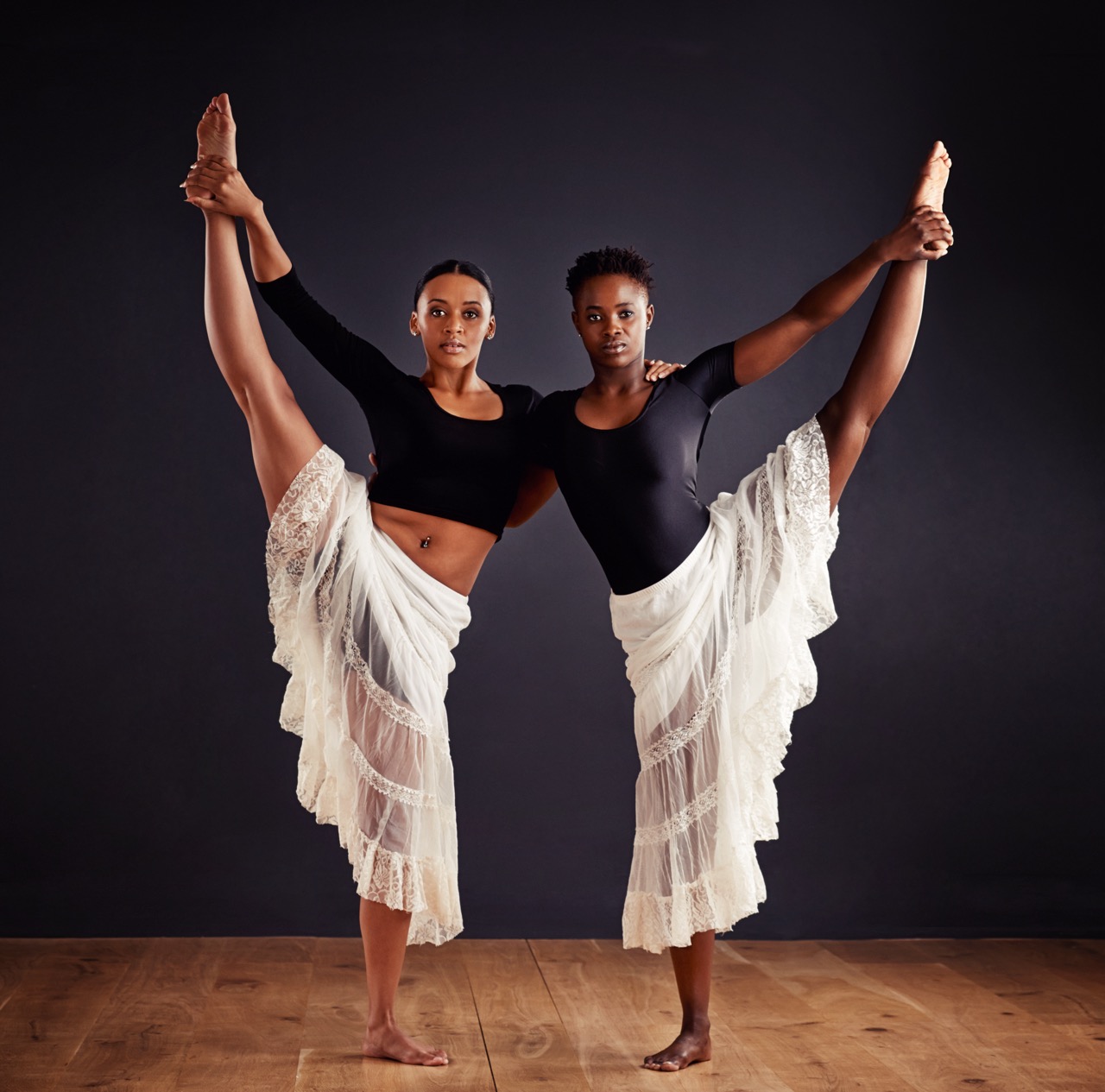Dance is a universal language that transcends barriers, expressing emotions, histories, and cultural identities. It serves as a vital conduit for celebrating and preserving cultural heritage, allowing communities to connect with their past while engaging with the present. From rhythmic footwork to intricate hand movements, dance encompasses stories and traditions that reflect societal values and beliefs. This article explores the multifaceted role of dance in honoring cultural heritage, focusing on how it embodies traditions, connects generations, preserves identity, and fosters dialogue.
Embodying Traditions: The Dance of Cultural Narratives
Dance is deeply intertwined with the narratives that shape cultures. Each movement, gesture, and rhythm speaks volumes, telling stories of ancestors, historical events, and shared experiences. For instance, traditional dances often originate from rituals and celebrations that highlight significant moments in a community’s history. These performances serve as a living testament to the values and teachings of those who came before, ensuring that their wisdom and experiences are not lost over time.
Moreover, the choreography of these dances often draws from the environment, blending natural elements with human expression. In Indigenous cultures, for example, many dances mimic the movements of animals or reflect the seasons, showcasing a harmony with nature that is central to their worldview. This embodiment of tradition enables participants and audiences alike to engage with cultural narratives on a visceral level, fostering a deeper understanding of their heritage.
As society evolves, so too do these dances, adapting to contemporary contexts while still honoring their origins. Dance becomes a dynamic form of storytelling that allows communities to reinterpret their histories, reinforcing a sense of identity and belonging. By embodying traditions through movement, cultures can effectively convey their narratives across generations, ensuring that the essence of their heritage remains vibrant and relevant.
Rhythms of Heritage: How Dance Connects Generations
Dance acts as a bridge connecting different generations within a community, fostering a shared sense of belonging and continuity. As older generations pass down their knowledge and skills, younger dancers learn not only the movements but also the stories and traditions that accompany them. This intergenerational exchange cultivates a sense of pride and respect for cultural heritage, reinforcing the importance of preserving these practices for future generations.
Participating in traditional dance can also strengthen familial bonds, as families often gather to teach, practice, and perform together. These shared experiences create lasting memories that are intertwined with cultural identity, encouraging younger generations to embrace their heritage. Additionally, community gatherings centered around dance provide opportunities for communal celebration, where stories are shared, and traditions are reinforced, further solidifying the connection between the past and the present.
Moreover, in a rapidly globalizing world, dance serves as a powerful reminder of local customs amidst the influx of external influences. Communities can use dance as a tool to assert their identity, helping younger individuals recognize the value of their cultural roots. Through the rhythms of heritage, dance becomes a means of cultivating resilience, allowing generations to remain closely knit while navigating the complexities of modern life.
From Movements to Memories: Preserving Cultural Identity
The preservation of cultural identity is intricately linked to the art of dance, as it encapsulates the unique characteristics of a community. Dance is often viewed as a living archive, where movements carry the weight of history and collective memory. By engaging in traditional dances, community members actively participate in a process of cultural preservation, ensuring that their unique identities are maintained and celebrated.
Recorded and transmitted dances often serve as educational tools, teaching the intricacies of cultural practices to both new generations and outsiders. Workshops, festivals, and performances become platforms for sharing these movements with a wider audience, fostering appreciation for cultural diversity. This approach not only preserves the dance itself but also invites others to engage with and respect the narrative behind it, promoting inclusivity in cultural expression.
Furthermore, the globalization of culture poses challenges to maintaining authenticity, making the role of dance in cultural preservation even more critical. In response, many communities have developed initiatives that blend traditional and contemporary forms. By doing so, they create a space where cultural identity can evolve while still honoring its roots. The dance floor becomes a canvas for innovation, allowing for a dialogue between past and present, ensuring that cultural identities thrive and remain resilient.
Dance as Dialogue: Celebrating Diversity Through Movement
Dance serves as a powerful medium for dialogue, creating spaces where cultures can come together to celebrate their differences and similarities. Through festivals, competitions, and cross-cultural collaborations, dance fosters an environment of mutual respect and understanding. By sharing their unique dance forms, communities promote appreciation for diverse cultural expressions, facilitating intercultural exchange and learning.
This dialogue through dance can also act as a form of social commentary, addressing contemporary issues and sparking conversations about identity, belonging, and resistance. Many choreographers use their art to reflect societal challenges, bridging gaps between cultures and initiating discussions that transcend traditional boundaries. These performances often inspire audiences to reflect on their own cultural experiences, fostering empathy and connection in a world that can often feel fragmented.
Moreover, as dance continues to evolve, it embraces new influences and styles, creating hybrid forms that celebrate diversity. These fusions not only enrich the dance landscape but also challenge preconceived notions of cultural ownership. In this way, dance becomes a celebration of unity, illustrating that while cultures may be distinct, they share a common humanity that can be expressed through movement. It is in these moments of shared joy, expression, and understanding that dance truly embodies the spirit of cultural heritage.
In conclusion, dance plays a pivotal role in celebrating cultural heritage, serving as a vibrant expression of identity, history, and community connection. By embodying traditions, linking generations, preserving cultural identity, and fostering dialogue, dance creates a tapestry of movements that reflects the rich diversity of human experience. As we continue to navigate an increasingly globalized world, the importance of dance in honoring and preserving cultural heritage remains paramount. It not only allows us to celebrate our past but also inspires us to embrace the future with empathy, understanding, and an appreciation for the beautiful mosaic of cultures that enrich our lives.








